Throughout automotive history, several cars have pushed the boundaries of design, performance, and innovation. These vehicles have not only set benchmarks but have also spurred legendary brands like Porsche to elevate their offerings. Here are ten cars that played a pivotal role in challenging Porsche to refine and enhance its line-up.
Ferrari 250 GTO

The Ferrari 250 GTO, introduced in the early 1960s, remains a masterpiece of automotive engineering. With its V12 engine and stunning design, it was a formidable competitor on both the road and the track. Its dominance in racing, combined with its exclusivity, set new standards for performance and luxury. Porsche, with its 911 series, had to consistently innovate to compete with the allure and capability of the 250 GTO.
The 250 GTO’s success highlighted the need for Porsche to focus on both engineering excellence and aesthetic appeal. This car’s iconic status and performance pushed Porsche to develop models that could offer comparable prestige and performance, leading to advancements in their engineering and design philosophy.
Lamborghini Miura

The Lamborghini Miura, introduced in 1966, is often credited as the first supercar. Its mid-engine layout and breathtaking design were revolutionary, setting a new paradigm in sports car manufacturing. Porsche, predominantly known for its rear-engine configuration, had to rethink aspects of its engineering to stay relevant amidst the changing landscape introduced by the Miura.
The Miura’s impact was profound, influencing not only Porsche’s approach to performance but also the way it approached design aesthetics. The pressure to compete with such a groundbreaking vehicle encouraged Porsche to explore new technologies and design elements in their subsequent models.
Jaguar E-Type

The Jaguar E-Type, launched in 1961, was a blend of beauty and performance that captivated car enthusiasts worldwide. Its sleek design and impressive top speeds made it an icon of its era. Porsche, aiming to capture a similar clientele, needed to enhance both the performance and styling of its offerings to compete with the allure of the E-Type.
This British classic emphasized the importance of marrying form with function, prompting Porsche to refine its design processes. The E-Type’s influence is evident in Porsche’s commitment to combining aesthetic elegance with engineering prowess in models like the 911.
Ford GT40

The Ford GT40 is celebrated for its legendary Le Mans victories in the 1960s. Developed specifically to beat Ferrari, its triumphs on the racetrack were a testament to its engineering brilliance. Porsche, already a strong presence in motorsports, saw the GT40’s success as a challenge to push their competitive edge further and achieve greater racing glory.
The GT40’s achievements emphasized the importance of endurance and performance, motivating Porsche to invest heavily in their motorsport programs. This led to innovations that would later be integrated into their road cars, enhancing Porsche’s reputation for performance and reliability.
Mercedes-Benz 300SL

The Mercedes-Benz 300SL, known for its distinctive gullwing doors, was a technological marvel of the 1950s. Its direct fuel injection system and aerodynamic design set new standards for sports cars. Porsche recognized the 300SL’s impact and had to innovate to maintain their competitive edge in the rapidly evolving automotive landscape.
The 300SL’s advanced technology and stylish design inspired Porsche to integrate cutting-edge engineering solutions and focus on creating vehicles that offered both performance and luxury. This influence can be seen in the evolution of Porsche’s engineering and design strategies.
BMW M1

The BMW M1, introduced in the late 1970s, marked BMW’s foray into the supercar arena. Its mid-engine layout and striking design were a departure from BMW’s traditional offerings, setting a new standard in performance for the brand. Porsche, a dominant player in the sports car market, saw the M1 as a worthy adversary that required a strategic response.
The introduction of the M1 challenged Porsche to further innovate, especially in terms of performance and technology. This competition spurred the development of more advanced models that could rival the M1’s capabilities, ensuring Porsche remained a leader in high-performance vehicles.
Audi Quattro

Launched in the early 1980s, the Audi Quattro revolutionized rally racing with its all-wheel-drive system. Its success on the rally circuits demonstrated the advantages of all-wheel-drive technology, prompting Porsche to reevaluate its drivetrain configurations to remain at the forefront of performance engineering.
The Quattro’s dominance in motorsport instigated a shift in how performance cars were engineered, inspiring Porsche to incorporate similar technologies into their models. This led to the development of all-wheel-drive variants in Porsche’s lineup, enhancing their vehicles’ performance and handling characteristics.
McLaren F1

The McLaren F1, introduced in the early 1990s, was a technological tour de force that set new benchmarks in speed and engineering. Its carbon fiber construction and central driving position were groundbreaking, redefining what a supercar could be. Porsche faced the challenge of matching the F1’s performance and innovation.
The F1’s introduction encouraged Porsche to push the boundaries of their engineering capabilities, leading to the development of more advanced technologies and materials in their vehicles. This pursuit of excellence helped maintain Porsche’s reputation as a leader in high-performance sports cars.
Nissan GT-R

The Nissan GT-R, known as “Godzilla,” made waves in the automotive world with its blend of performance, technology, and affordability. Introduced in 2007, the GT-R’s advanced all-wheel-drive system and powerful engine offered supercar performance at a fraction of the cost, challenging Porsche’s market position.
The GT-R’s success highlighted the need for Porsche to continually innovate and offer cutting-edge technology in their models. This competition drove Porsche to enhance the capabilities of their vehicles, ensuring they remained competitive in a market increasingly filled with high-performing alternatives.
Tesla Model S

The Tesla Model S, launched in 2012, revolutionized the automotive industry with its electric powertrain and cutting-edge technology. As one of the first electric cars to offer both performance and luxury, it presented a new challenge to traditional sports car manufacturers like Porsche.
The success of the Model S prompted Porsche to accelerate its own electric vehicle development, leading to the creation of the Taycan. The transition towards electrification was driven by the need to compete with Tesla’s innovative approach, ensuring Porsche remained at the forefront of automotive innovation.
Like Fast Lane Only’s content? Be sure to follow us.
Here’s more from us:
*Created with AI assistance and editor review.

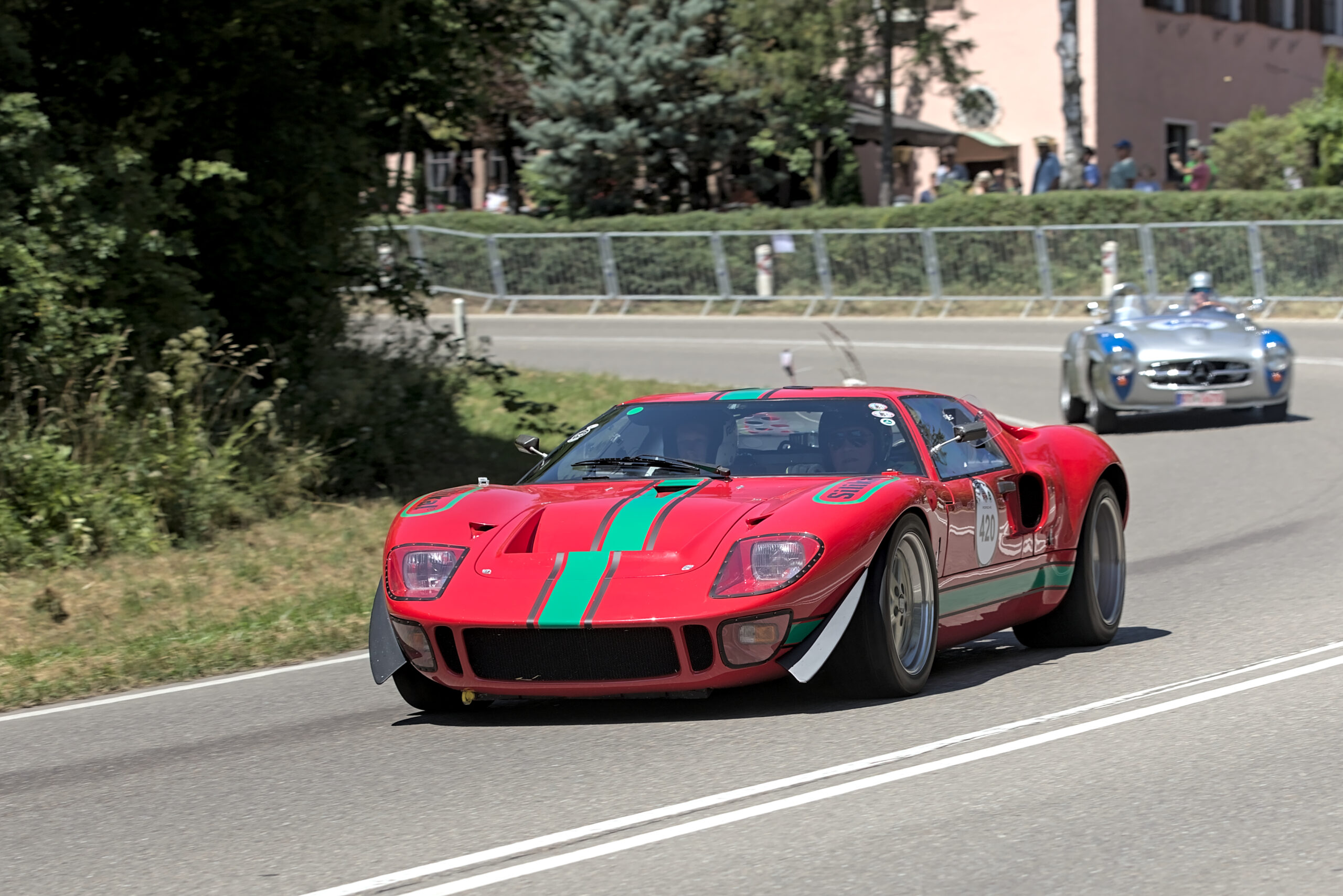
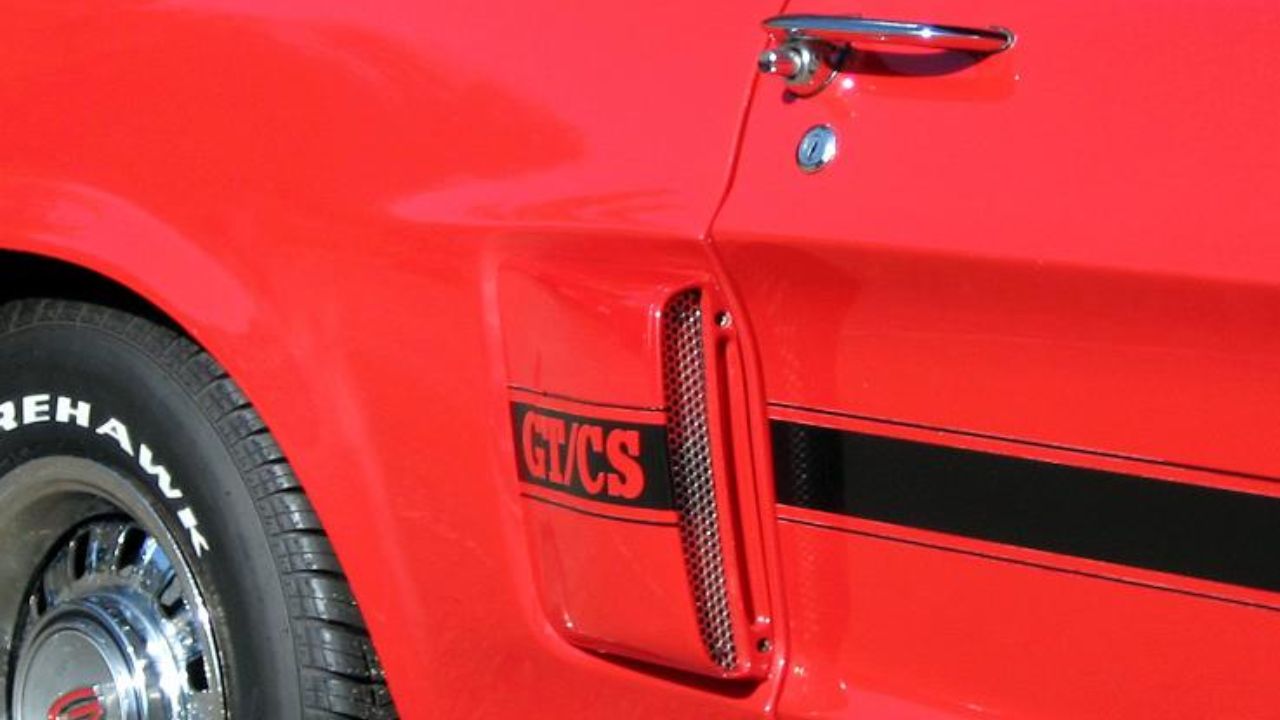
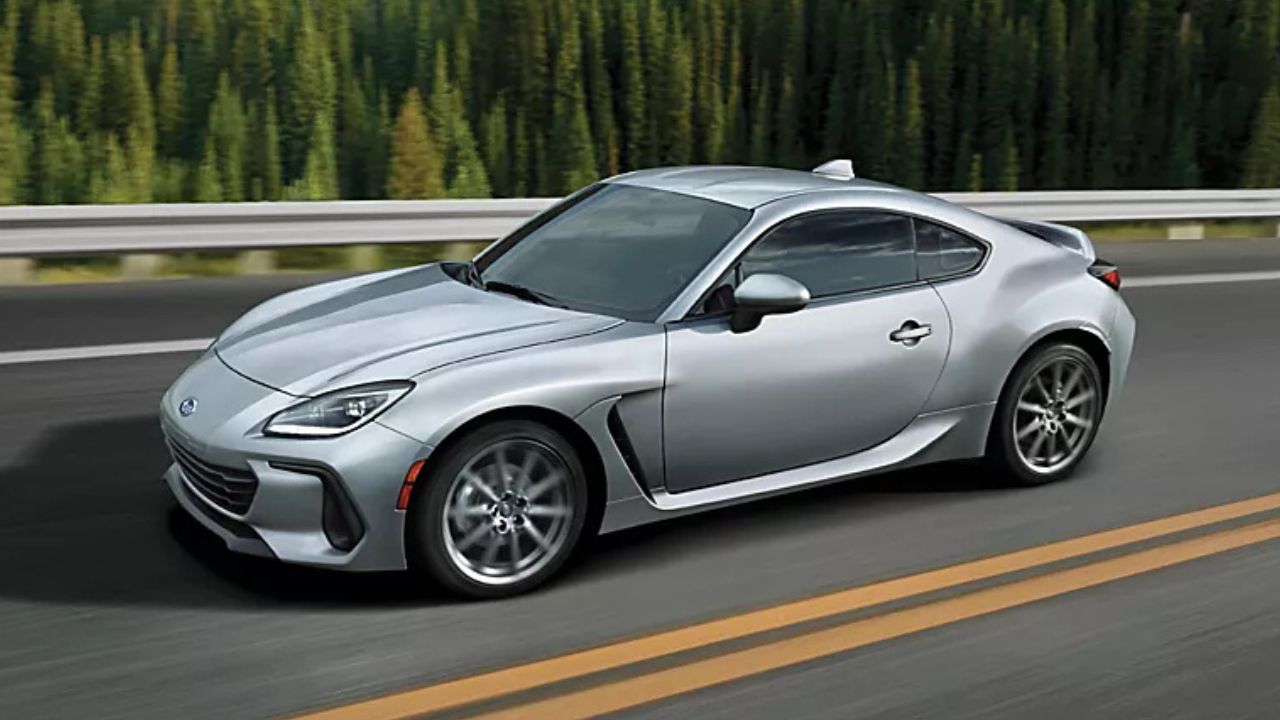
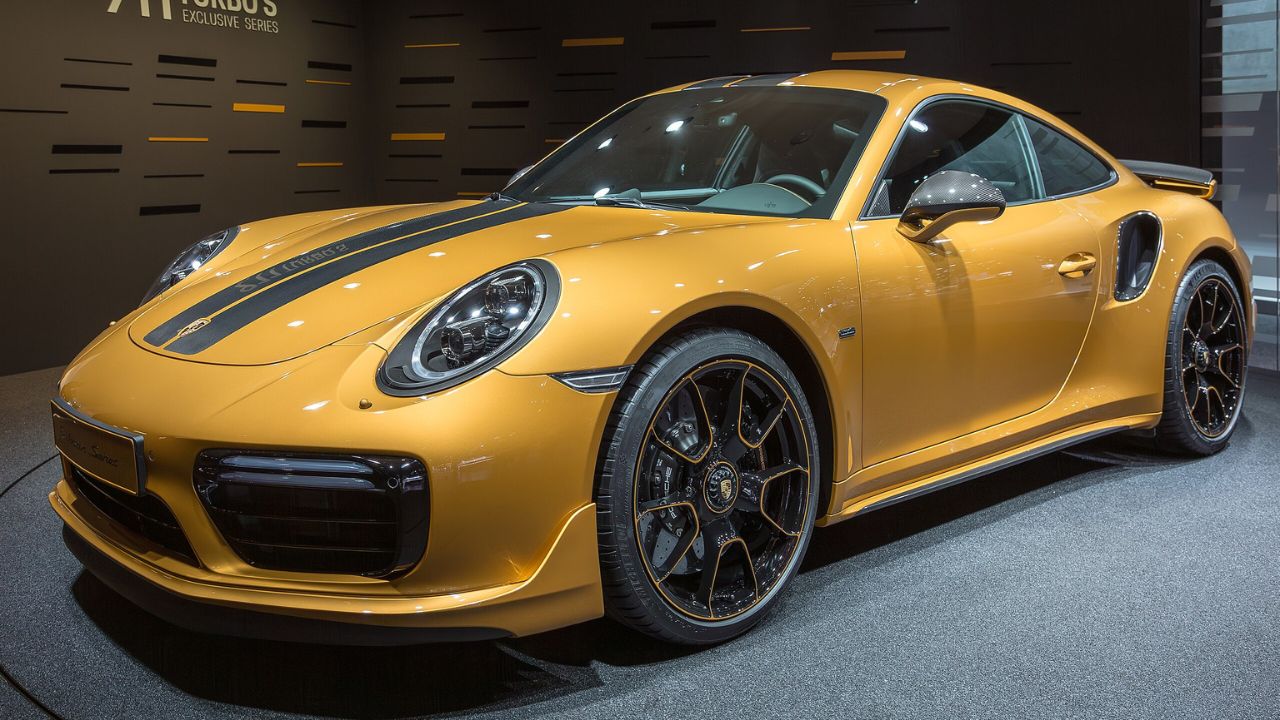
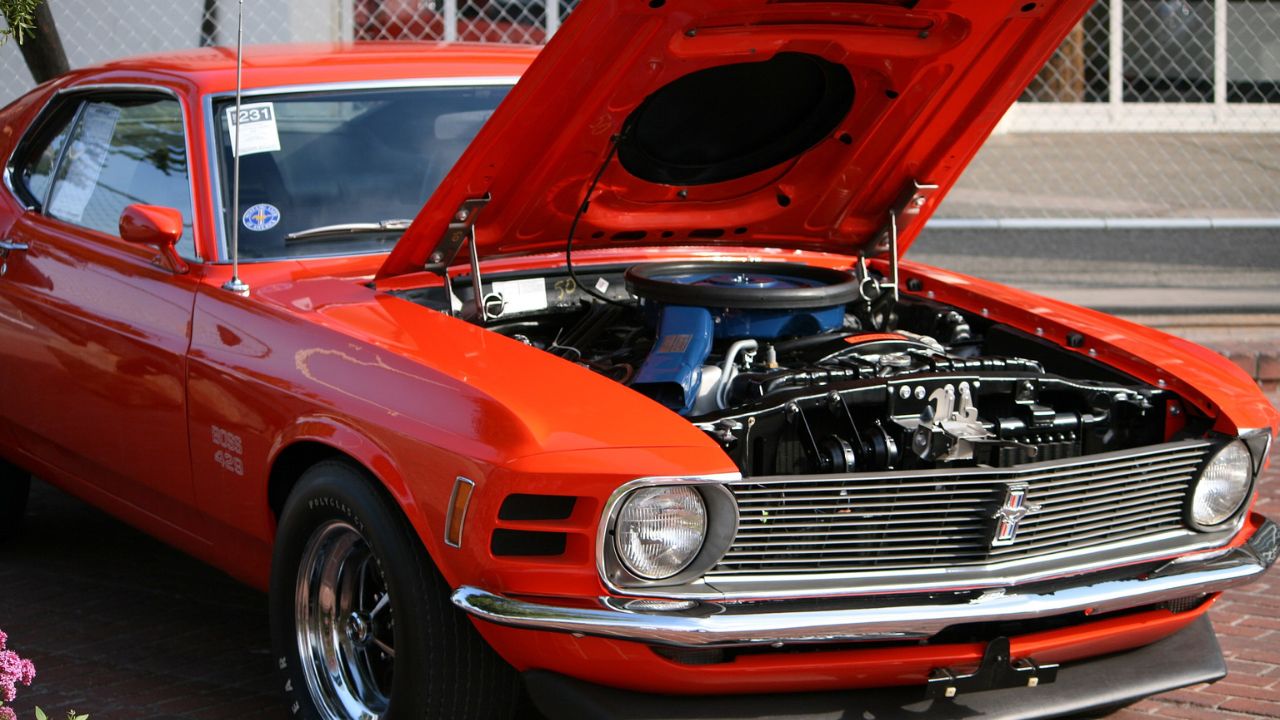
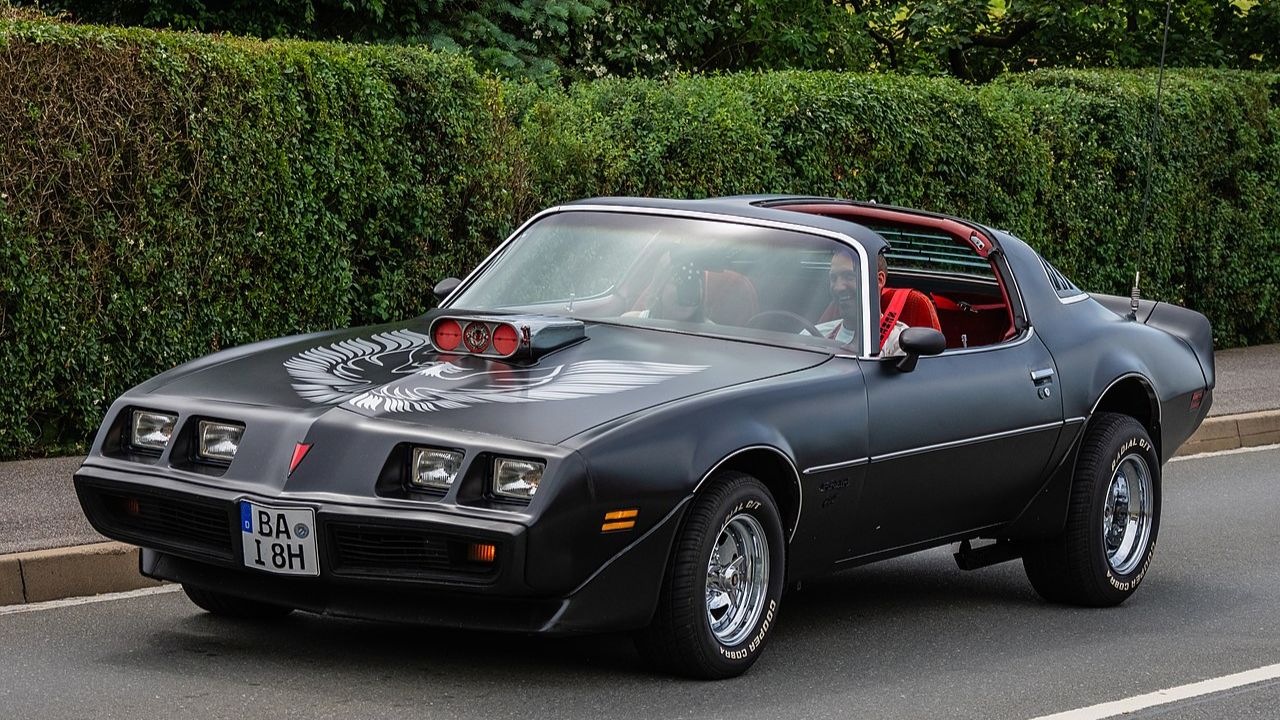
Leave a Reply